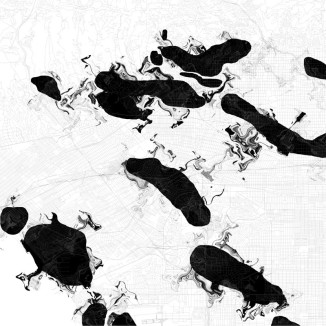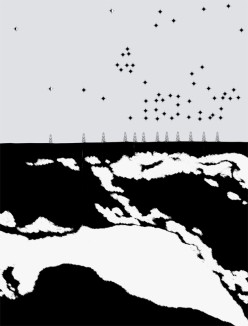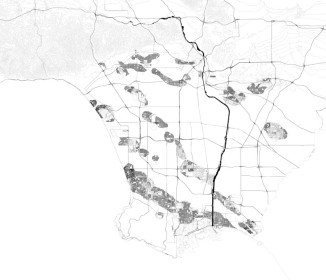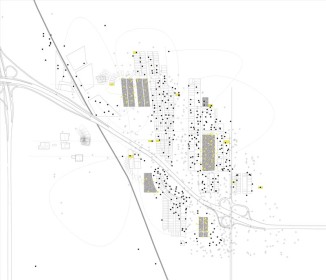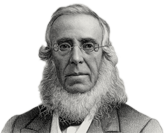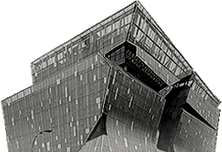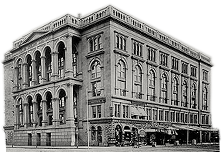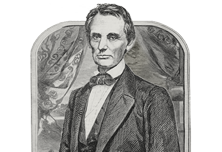Crude Urbanism
This slideshow is part of: Master of Architecture II Fall 2010
Crude Urbanism: Oil Under the City
Jonathan Heckert
Reyner Banham’s Los Angeles: The Architecture of Four Ecologies depicts the strong influential factors for the growth of L.A. as a unique urban metropolis. Beaches, mountains, plains and highway systems both connect and contain the city. One ecology that Banham never mentioned directly was the ecology of oil and its influence upon the city and its industrial development.
L.A.’s hyperdense oil fields have produced 8.5 billion barrels since 1892. Today over 3,000 oil wells extract 30 million barrels per year, with 11,500 acres of land devoted to oil production. The fields, wells and refineries support the major infrastructural components of the city – the Port of Long Beach, Los Angeles International Airport and the city’s vast network of highways. However, while most of L.A.’s current social, economic and political existence is heavily dependent on the availability of oil as an abundant resource, much of the oil used to fuel the city isn’t produced solely by it’s own oil fields. It is imported from overseas as well as from other oil fields in Texas and Alaska.
L.A.’s fixation with oil has locked it into a pattern of outward growth and decentralization that liberated the fabric from traditional urban formation. At the same time, it has also locked the city into a pattern wherein it is solely reliant on oil.

